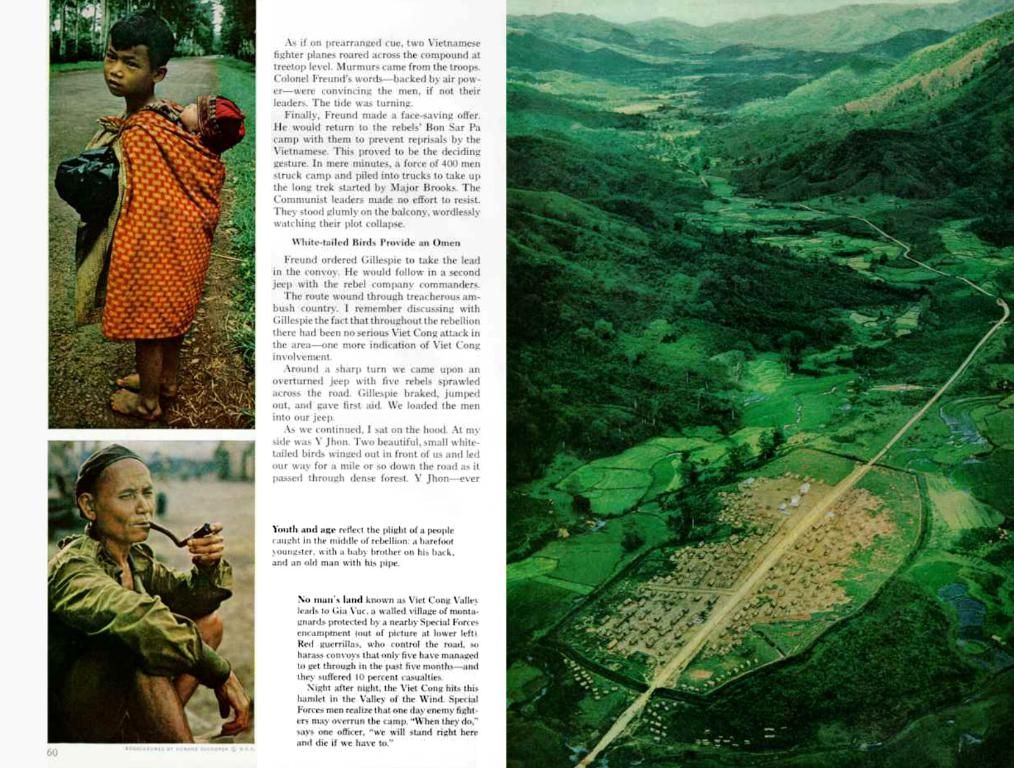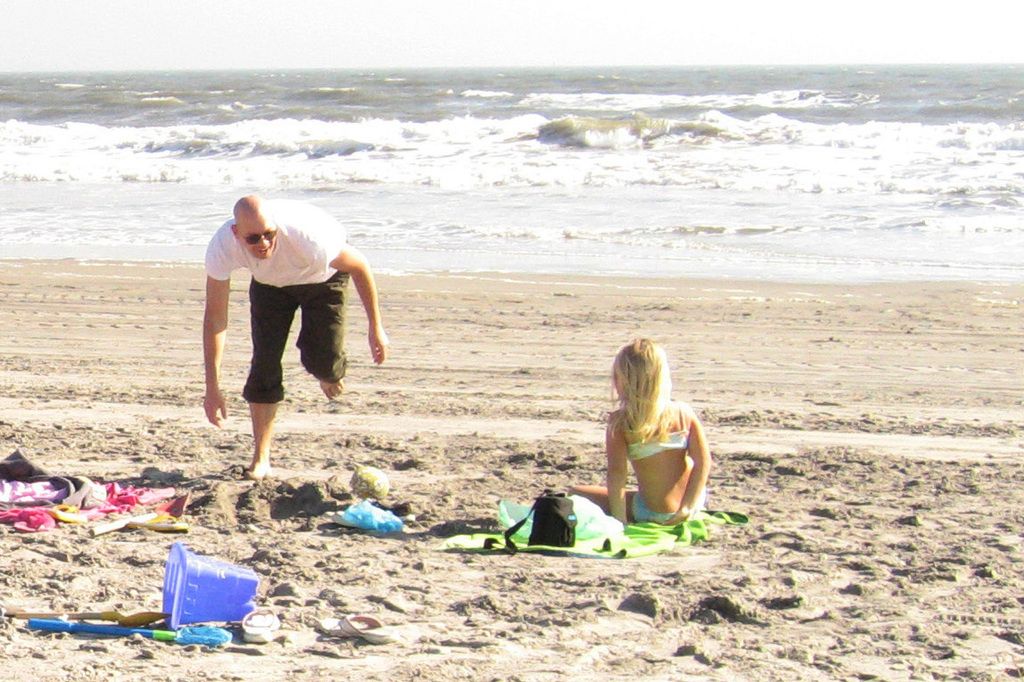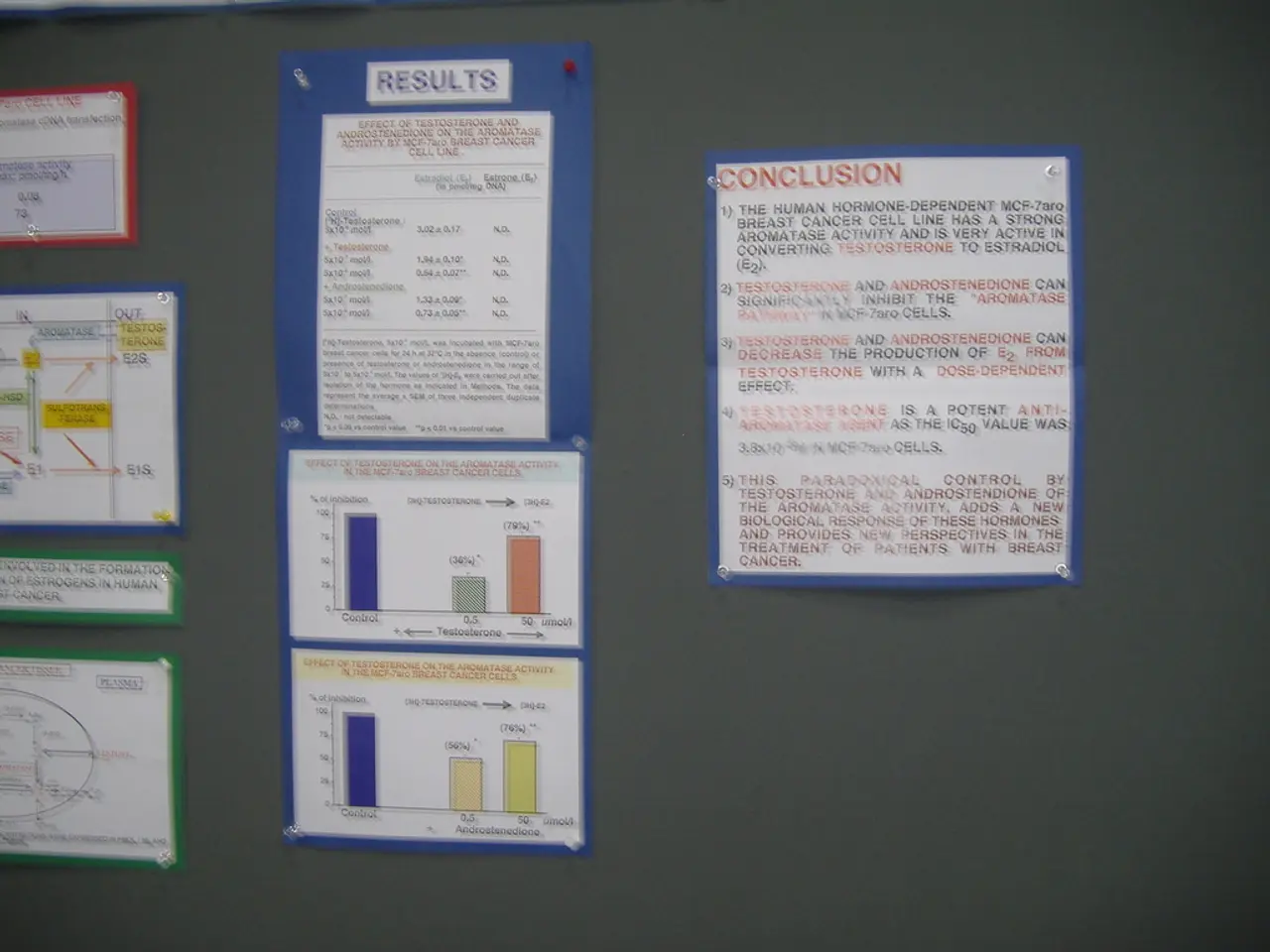Beaver Chaos: Navigating the Beaver Resurgence in Lower Saxony, Germany
Beaver's comeback troubling farmlands - Beaver's Comeback Causes Challenges for Agricultural Communities
From farm fields awash in water to dike vulnerabilities and frustrated farmers, a unique predicament has emerged in Lower Saxony. This region in Germany is currently grappling with the unexpected rebound of a once-nearly extinct creature: beavers.
Take the story of Hans-Heinrich Schnehage from Pattensen, south of Hannover. His land has become a watery wasteland due to these rodents, rendering certain fields unusable for farming. Consequently, the Lower Saxony farmers' association is imploring for a comprehensive beaver management strategy that includes compensation for affected farmers—after all, they argue, beaver protection should not compromise agricultural interests.
"We want a speedy resolution to the beaver management issue," said Sonja Markgraf, spokesperson for Landvolk Niedersachsen, to dpa.
Lower Saxony's Minister for the Environment, Christian Meyer, acknowledged the growing beaver population and announced a beaver management concept for the second half of 2025. According to Meyer, this plan will focus on resolving issues and conflicts, while also maintaining the positive contributions beavers make to the ecosystem.
In 2019, a state-wide beaver census recorded 430 to 500 individual animals across 229 territories. Since their reemergence, the beaver population has grown significantly and is now estimated to range between 500 to 1,000 animals.
The majority of Lower Saxony's beavers inhabit the Biosphere Reserve Elbtalaue, the area along the Elbe, Leine, Aller-Oker-Drömling, and Emsland.
While Schnehage admits to facing challenges, he considers the beavers themselves harmless—beavers do not tear up sheep or any other animals. However, a comprehensive solution is needed to address issues faced by farmers, businesses, municipalities, and water associations alike. To this end, Lower Saxony has established a "Round Table Beaver" forum.
Beavers play a vital role as water shapers in the natural landscape. However, their dam-building activities have put the dike safety of Oldenburg at risk. Consequently, the Lower Saxony Landesbetrieb für Wasserwirtschaft, Küsten- und Naturschutz (LNWKN) has undertaken steps to address this threat in the Hunte river region.
In 2023/2024, over 45,000 nutrias were hunted across Lower Saxony, a nearly 30% increase from the year prior. Unlike beavers, nutrias and muskrats can legally be hunted.
Managing Lower Saxony's beaver population requires careful consideration. Conservation efforts should strike a balance by simultaneously addressing the needs of farmers and promoting the ecological benefits of beavers. This includes financial support for farmers, creating beaver-friendly habitats, active monitoring, and educating the public about the ecological significance of these animals. Future plans may also focus on ecological restoration, adaptive management strategies, and continuous research for effective beaver management techniques. Ultimately, collaboration and community engagement are key to achieving sustainable coexistence with these aquatic builders of Germany.
- In the context of the increasing beaver population in Lower Saxony, environmental science and policy-and-legislation are crucial to striking a balance between beaver protection and agricultural interests.
- As part of the ongoing efforts to manage the beaver population, Lower Saxony's environmental minister, Christian Meyer, announced a beaver management concept, set for the second half of 2025, which will focus on resolving issues and conflicts while maintaining the positive contributions beavers make to the ecosystem.
- The growing concern over the beaver rebound has led to the establishment of a "Round Table Beaver" forum in Lower Saxony, aiming to address issues faced by farmers, businesses, municipalities, and water associations alike, ensuring a sustainable coexistence with these aquatic builders while considering science and climate-change implications.








